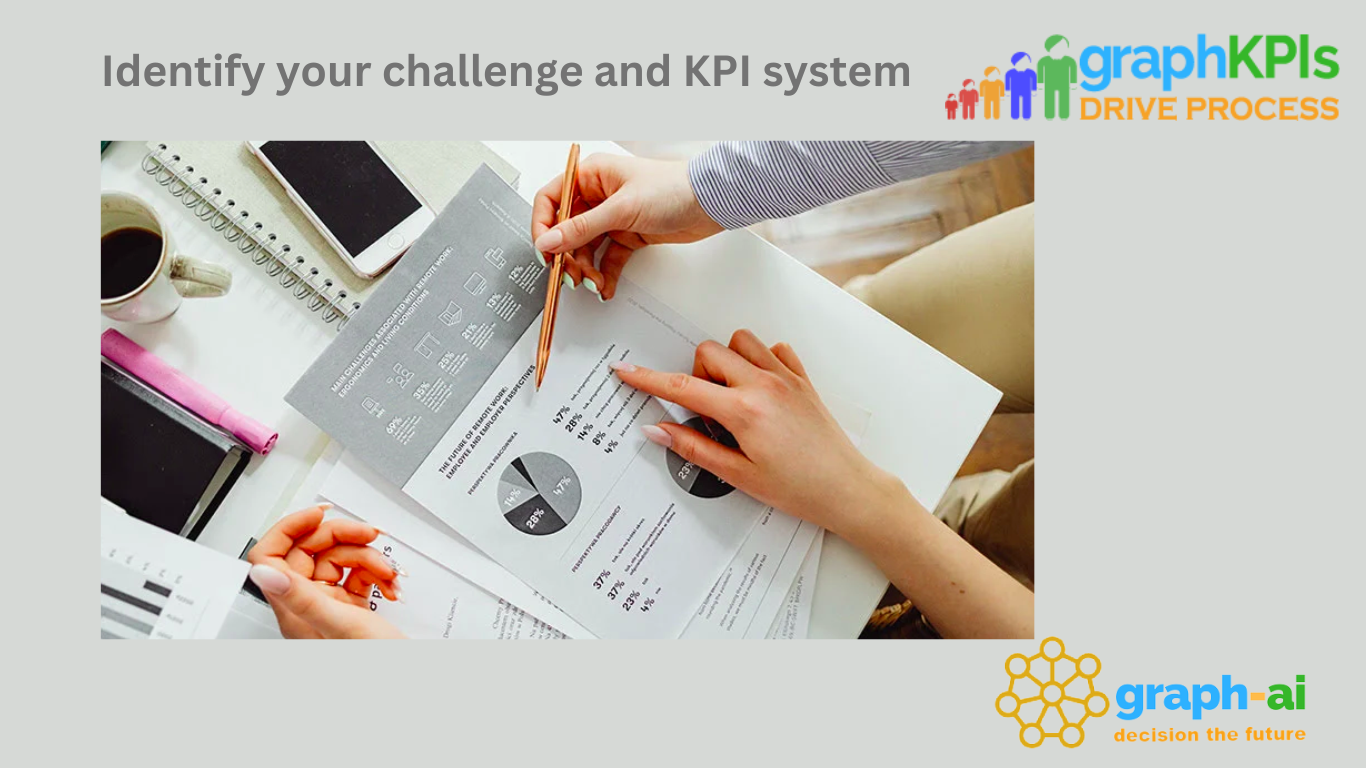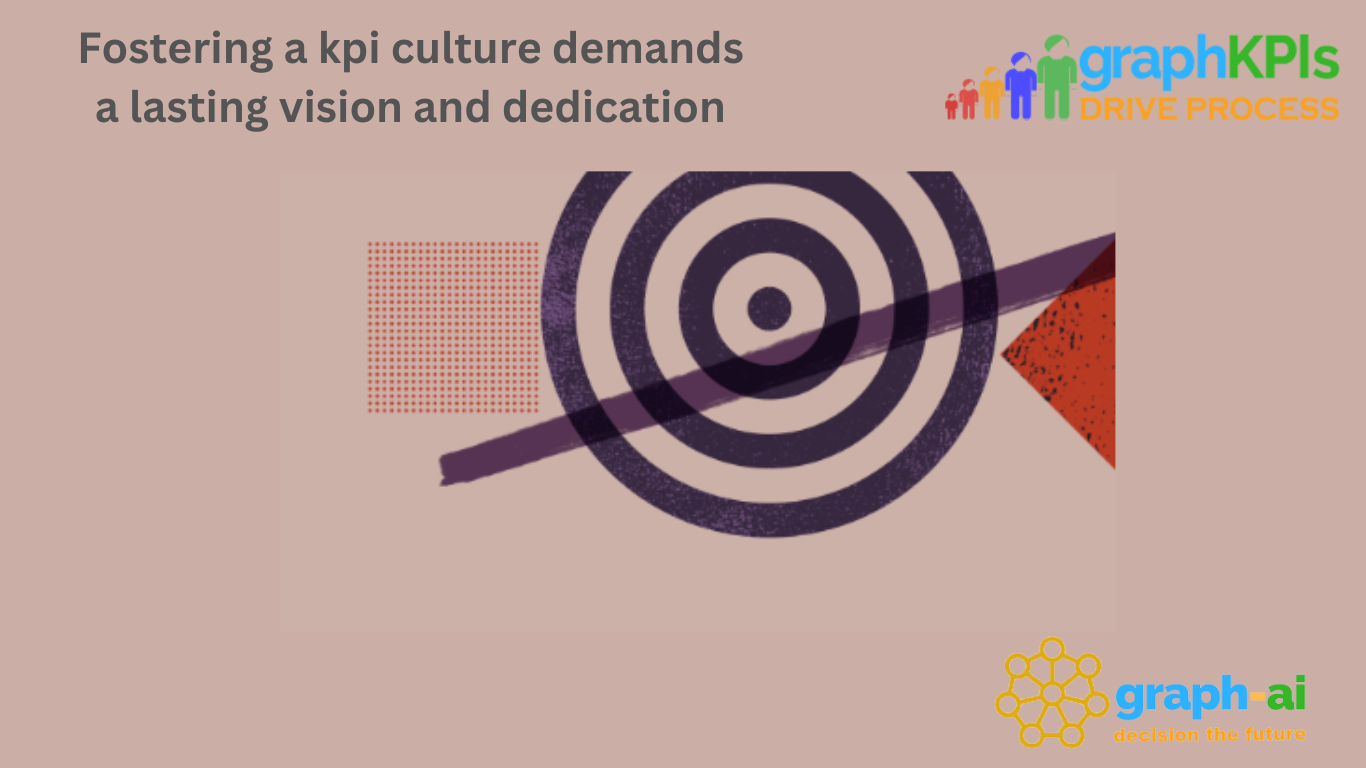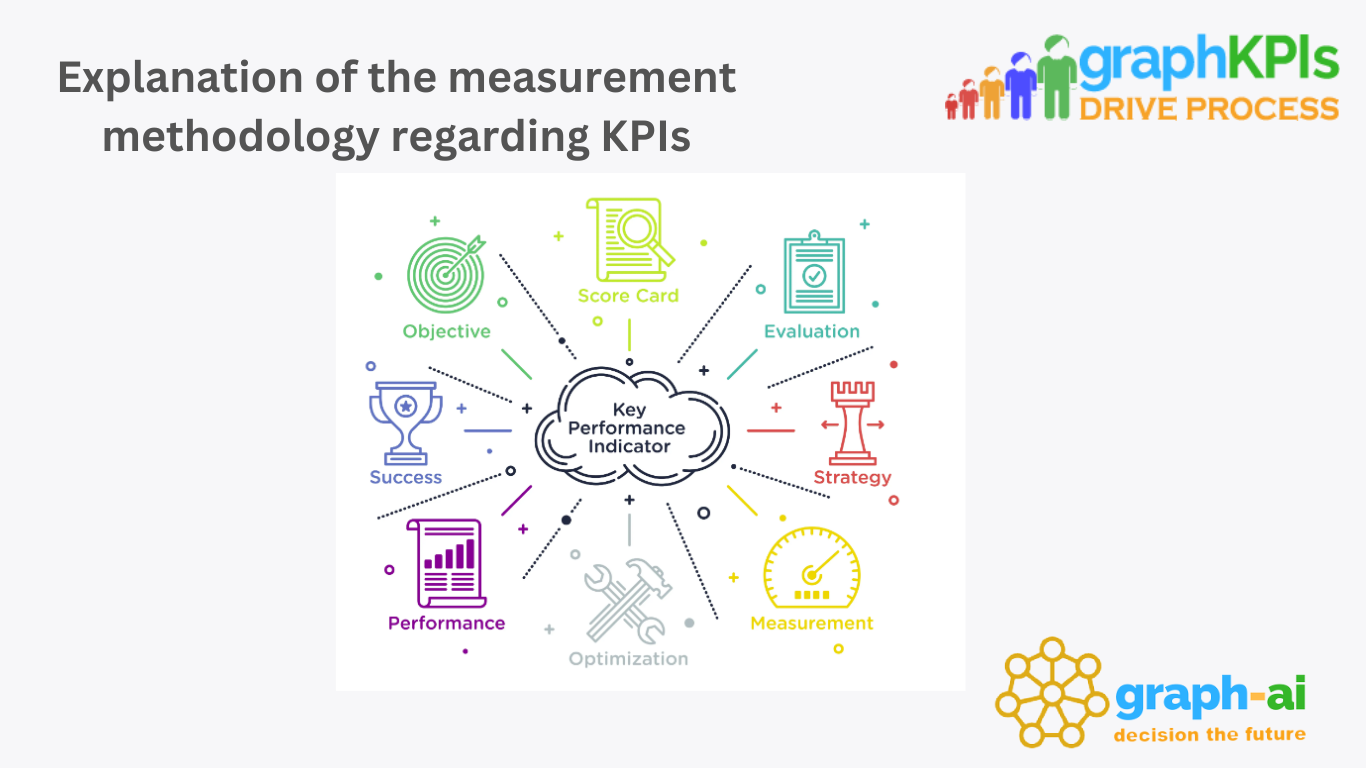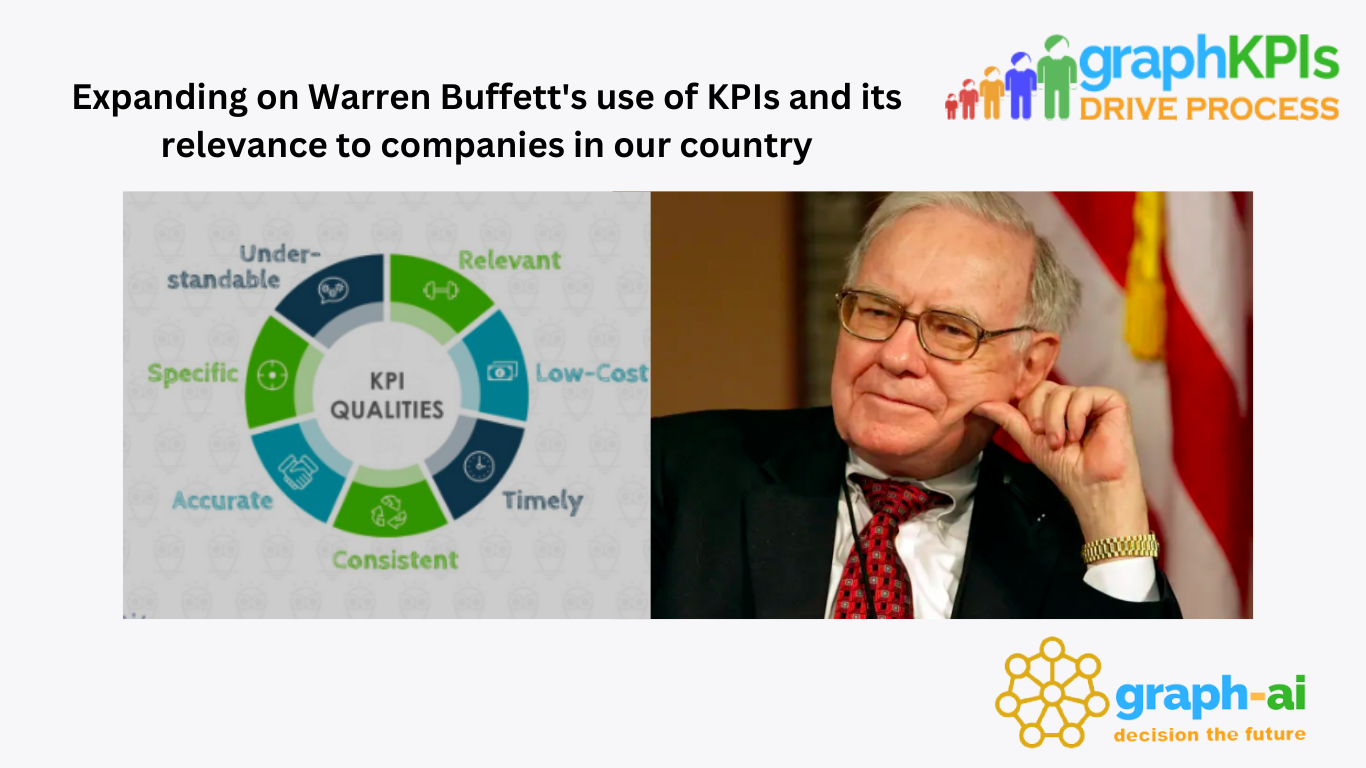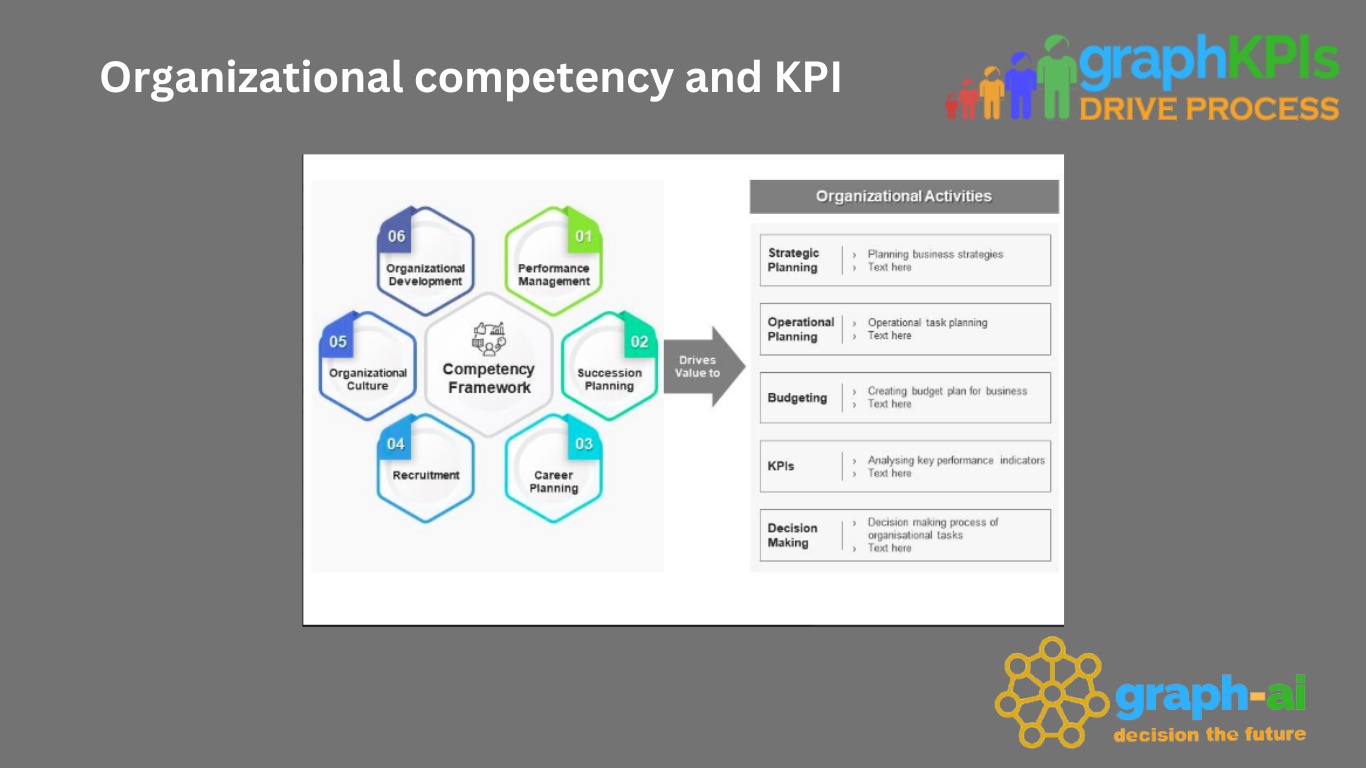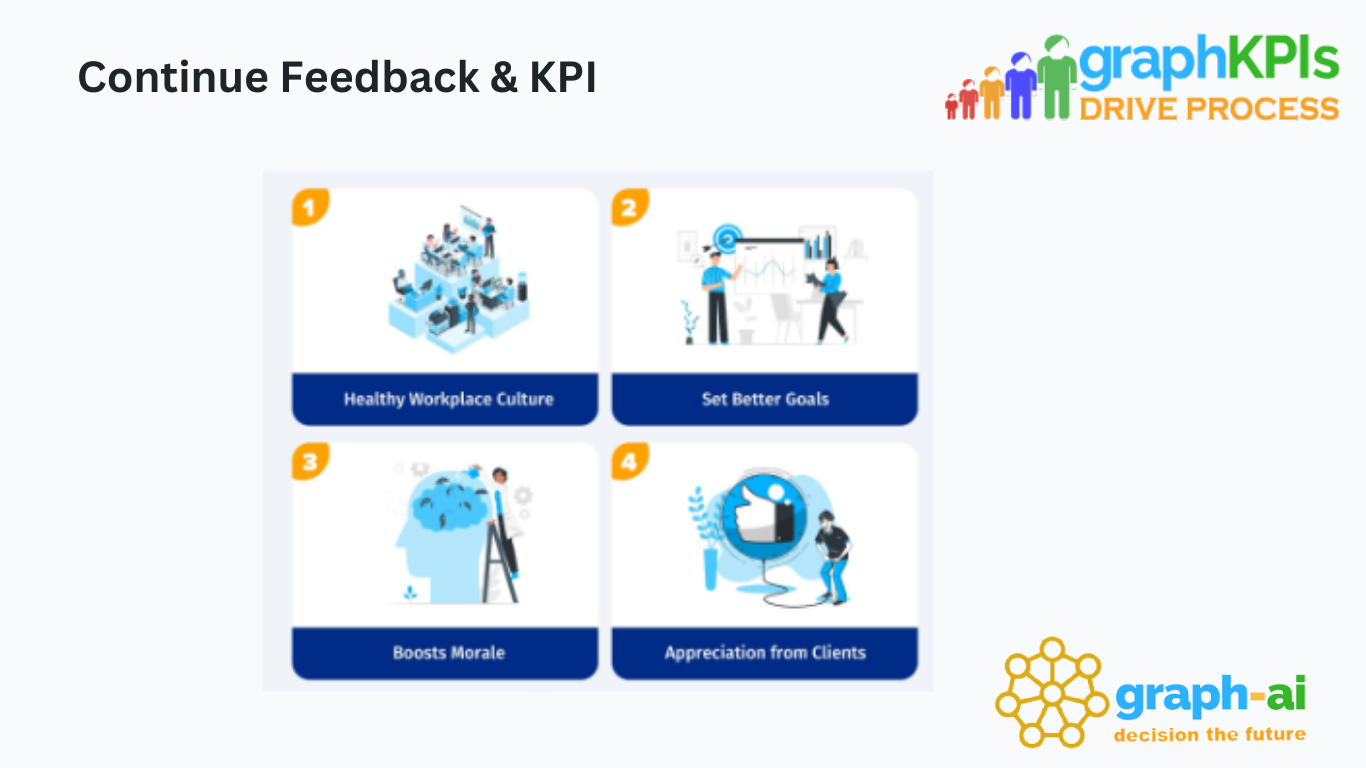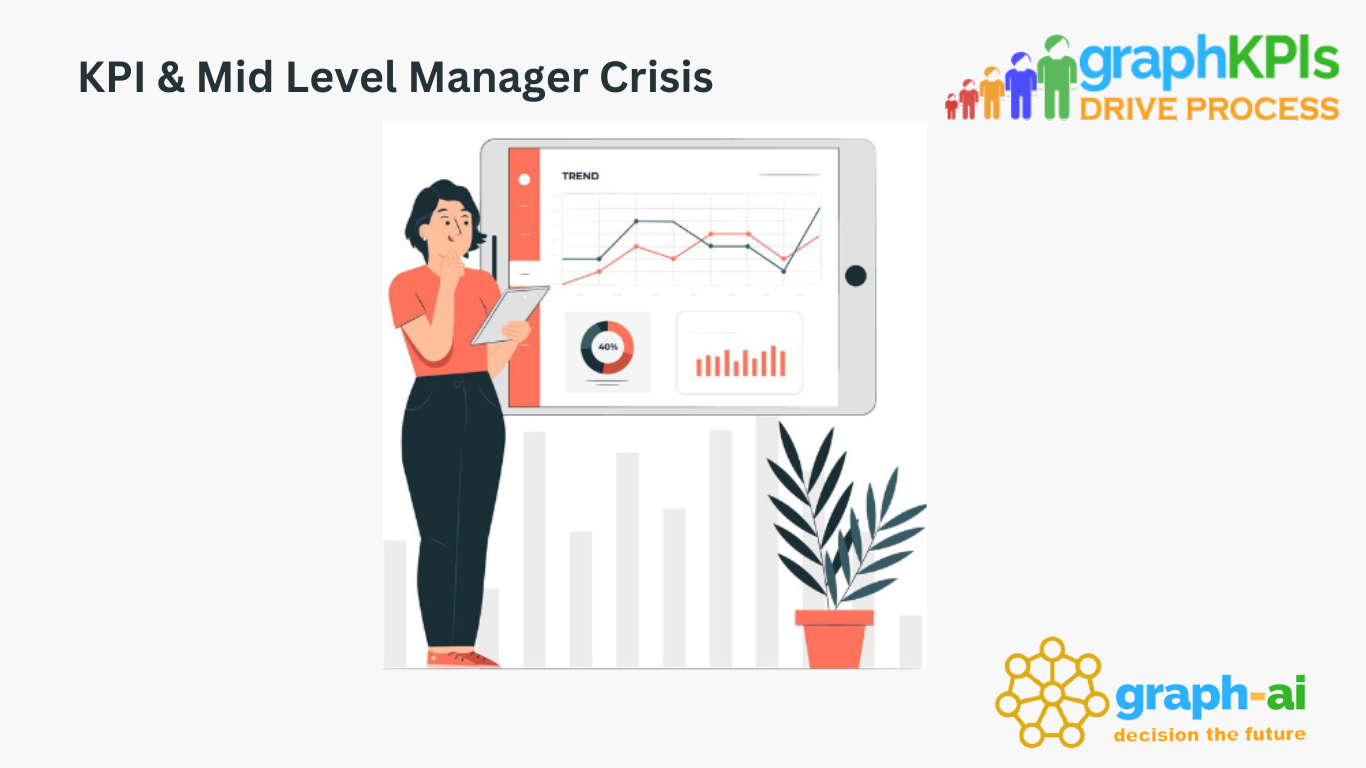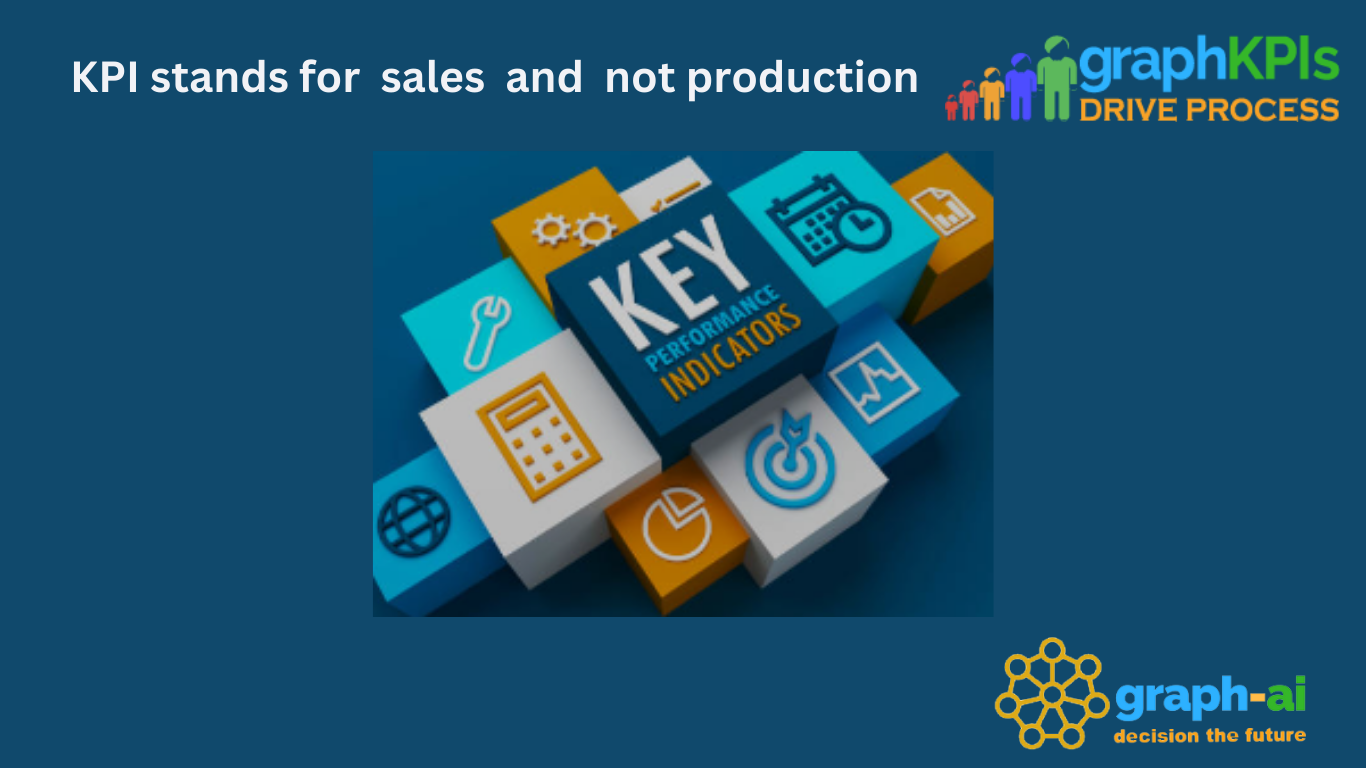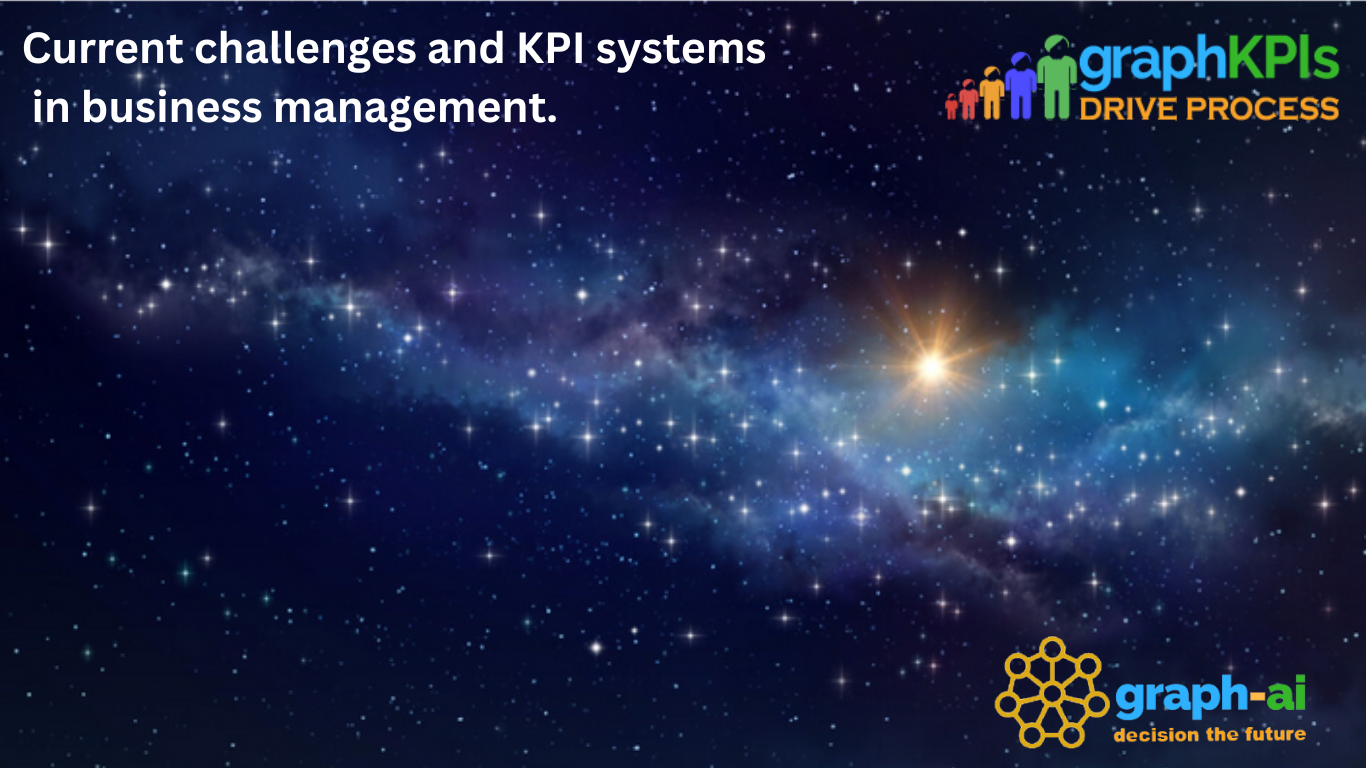Story of KRA and KPI - 21
Succession Plan and relevant
It sounds like you're dealing with a crucial issue regarding leadership and succession planning within your organization. Here's an expansion on the importance of succession planning and its relevance to maintaining organizational continuity and leadership development
1. Importance of Succession Planning: Succession planning is vital for ensuring the seamless transition of leadership roles within an organization. It involves identifying and developing internal talent to fill key positions when current leaders leave or retire. By having a well-defined succession plan in place, companies can mitigate risks associated with leadership gaps and maintain business continuity.
2. Addressing Leadership Gaps: The scenario you described highlights the repercussions of a lack of succession planning, where the departure of a key manager resulted in a significant disruption to operations. Without a designated successor or clear guidelines for delegation, teams are left directionless and vulnerable to productivity losses. Succession planning helps preempt such gaps by grooming and preparing potential successors in advance.
3. Cultivating Leadership Talent: A robust succession plan involves identifying high-potential employees and providing them with development opportunities to groom them for future leadership roles. This proactive approach not only ensures a pool of qualified candidates but also fosters a culture of continuous learning and career advancement within the organization.
4. Mitigating Risks and Losses: Inadequate succession planning can lead to various risks, including loss of institutional knowledge, decreased team morale, and financial losses due to disruptions in operations. By proactively identifying and nurturing future leaders, organizations can mitigate these risks and ensure a smooth transition of responsibilities when a leadership change occurs.
5. Building Resilience and Adaptability: A well-executed succession plan enhances organizational resilience by preparing for unforeseen events such as sudden departures or retirements of key leaders. It fosters adaptability by empowering employees to take on new roles and responsibilities with confidence, thereby enabling the organization to thrive amidst change and uncertainty.
6. Aligning with Business Goals: Succession planning should be aligned with the strategic objectives of the organization. By identifying leadership needs based on future business goals, companies can tailor their succession strategies to ensure a seamless transition of leadership that supports long-term growth and sustainability.
7. Continuous Monitoring and Evaluation: Succession planning is an ongoing process that requires regular monitoring and evaluation. Organizations should periodically review their succession plans to assess effectiveness, identify potential gaps, and make necessary adjustments to align with evolving business needs and talent dynamics.
Conclusion: In conclusion, succession planning is not just a theoretical concept but a critical business imperative for ensuring leadership continuity, mitigating risks, and fostering organizational resilience. By prioritizing succession planning and actively grooming future leaders, organizations can navigate leadership transitions smoothly and position themselves for sustained success in a competitive marketplace.
Continuing the journey together ...............
Leave a Reply
Your email address will not be published. Required fields are marked *


